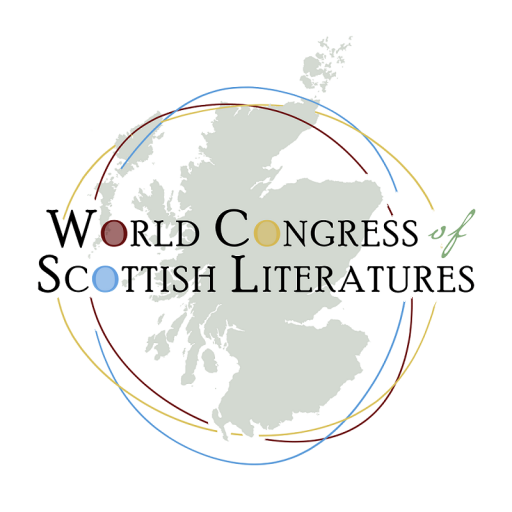How to Believe in Gravity, or, Scottish Science Novels as Contact Zones of the Sciences and the Literary Imagination
The paper will discuss twenty-first-century Scottish Science Novels as contact zones not of different ethnicities, nations, or religions, but of the so-called ‘two cultures’ (C.P. Snow) that are the natural sciences and the humanities. It will seek to understand motifs, metaphors and analogies drawn from the natural sciences in two novels, Andrew Crumey’s Mobius Dick (2004) and Pippa Goldschmidt’s The Falling Sky (2013), as representing a dialogue between different traditions of intellectual rigour and metaphysical insight. Taking up George Elder Davie’s observation that nineteenth-century Scottish scientists had “their original grounding in the philosophy of common sense [and were therefore] much more philosophically sophisticated about their subject than their English colleagues, [… which is why they considered] philosophers not as obscurantists but as allies”, the paper will examine how the novels’ adaptations of non-fictional knowledge endow its abstract models with poetic significance. Whereas The Falling Sky (2013) frequently employs literary ‘metaphors relating to life’ that describe ‘the beginnings and endings of inanimate objects’ as the latter’s ‘birth and death’, and memories as threatened by oblivion when hovering ‘just above the event horizon of a black hole’, the non-linear narrative structure in Mobius Dick (2004) analogizes concepts of time and space from theoretical physics. The story continuously crosses the borders of embedded and frame narratives and asks whether the universe is infinite, or just infinitely expanding, in a metonymical approach to the metaphysics of human existence.
In suggesting that this transcultural exchange between the sciences and the literary imagination is a feature of Scottish fiction that can be traced back to the intellectual tradition outlined in The Democratic Intellect, the paper will explore Goldschmidt and Crumey’s scientific analogies and rhetorical figures as an epistemological dialogue that investigates the diversity and fragmentation of experience in twenty-first-century culture, creatively using science to re-humanize our understanding of the human.
Katrin Berndt, Martin Luther University Halle-Wittenberg
